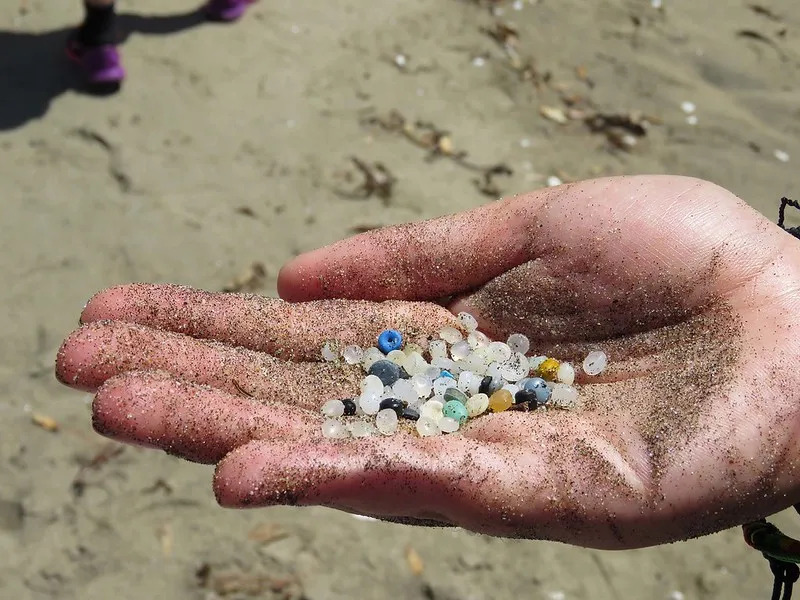Introduction to the current state of wildlife and environmental affairs
The world we share with countless species is at a crossroads. From the lush rainforests teeming with life to the fragile ecosystems on our planet’s edges, wildlife and environmental affairs have never been more critical. As climate change looms large, its effects ripple through habitats, challenging species that are already on the brink of extinction.
Recent headlines remind us of this urgency—endangered species face new threats while conservation efforts race against time to protect them. Not only do these developments impact biodiversity but they also affect human livelihoods and health. The conversation around international agreements like the convention on trade in endangered species has gained momentum as countries come together to address these pressing challenges.
Let’s dive deeper into what’s happening in wildlife and environmental affairs today, exploring both the struggles and strides being made to preserve our planet’s rich tapestry of life.
The impact of climate change on endangered species
Climate change poses a significant threat to endangered species worldwide. Rising temperatures disrupt ecosystems, altering habitats that many vulnerable animals depend on for survival.
For instance, polar bears face diminishing sea ice, making hunting for food increasingly difficult. Similarly, coral reefs are experiencing bleaching events due to warmer ocean waters, endangering countless marine species reliant on these fragile ecosystems.
In addition to habitat loss, shifting weather patterns affect migration and breeding cycles. Birds may arrive at nesting sites too late or too early due to unpredictable seasonal changes.
The cascade of these effects is concerning. Entire populations can dwindle if the delicate balance between climate and wildlife is disrupted further. As we witness these challenges unfold, understanding how deeply intertwined our environment is with biodiversity becomes crucial for future conservation efforts.
Efforts and progress in protecting endangered species
Across the globe, initiatives to protect endangered species are gaining momentum. Conservation organizations are collaborating with local communities to create sustainable habitats for wildlife.
One notable achievement is the reintroduction of species like wolves in Yellowstone National Park. This has helped restore ecological balance and supports biodiversity.
Legal frameworks, such as the Convention on Trade in Endangered Species (CITES), play a crucial role in regulating trade and preventing poaching. Countries are tightening laws and increasing penalties for violators.
Innovative breeding programs have also shown promise. Captive breeding efforts for species like the California condor have led to their gradual population recovery.
Public awareness campaigns raise consciousness about these animals’ struggles. Social media platforms amplify voices advocating for change, garnering support from passionate individuals worldwide who want to make a difference.
Key updates on international environmental agreements and policies
Recent developments in international environmental agreements reflect a growing urgency to address climate change and protect biodiversity.
The Convention on Trade in Endangered Species has seen renewed commitments from member nations. This push aims to tighten regulations around the trade of endangered species, ensuring their survival amid rising threats.
Another significant update is the Paris Agreement’s emphasis on nature-based solutions. Countries are now encouraged to incorporate conservation efforts into their climate strategies, recognizing that healthy ecosystems play a crucial role in carbon sequestration.
Additionally, global partnerships have emerged focusing on sustainable practices. These collaborations aim to balance economic growth with environmental stewardship, fostering innovative approaches to combat habitat loss.
As nations participate actively in these agreements, there’s hope for more robust frameworks that prioritize wildlife protection alongside climate action. The ongoing dialogues show promise for more integrated policies moving forward.
Innovative solutions and technologies for conservation efforts
Innovative solutions are revolutionizing conservation efforts around the globe. From drone technology to artificial intelligence, these advancements offer new ways to monitor wildlife populations and habitats.
Drones equipped with high-resolution cameras can survey hard-to-reach areas. They provide valuable data without disturbing ecosystems. This method allows researchers to track endangered species in real-time.
Moreover, AI is transforming how we analyze ecological data. Machine learning algorithms can predict trends and identify threats faster than traditional methods. This capability enables timely interventions for vulnerable species.
Additionally, blockchain technology is gaining traction in tracking wildlife trade. By ensuring transparency, it helps combat illegal trafficking of endangered species.
Smartphone apps also play a pivotal role in engaging the public. Citizens can report sightings or suspicious activities easily, making community involvement essential for effective conservation strategies.
How individuals can make a positive impact on wildlife and the environment
Every action counts when it comes to wildlife and the environment. Start by making small changes in your daily life. Choose sustainable products that don’t harm endangered species or their habitats.
Support local conservation organizations. Volunteering can provide hands-on experience while helping to protect critical ecosystems. Your time, whether spent planting trees or cleaning up parks, makes a difference.
Educate yourself and others about endangered species and environmental issues. Sharing knowledge amplifies awareness within your community.
Reduce waste by recycling and composting whenever possible. This not only conserves resources but also decreases pollution, benefiting both wildlife and humans alike.
Advocate for policies that support biodiversity protection, like the Convention on Trade in Endangered Species. Every voice matters in creating significant change for our planet’s future.
The importance of collective action to protect our planet’s biodiversity
The importance of collective action to protect our planet’s biodiversity cannot be overstated. Every individual, organization, and government has a role to play in safeguarding the natural world. It’s not just about saving endangered species; it’s about maintaining the delicate balance that sustains life on Earth.
When communities come together, they create powerful movements capable of driving change. Grassroots efforts can influence policies and raise awareness far beyond local boundaries. Collaborative projects often yield innovative solutions that benefit both wildlife and people, demonstrating how interconnected our fates truly are.
International cooperation is equally essential. Agreements like the Convention on Trade in Endangered Species (CITES) highlight how nations can unite for a common cause—protecting vulnerable species from exploitation while promoting sustainable practices. Such commitments foster an environment where conservation thrives globally.
As individuals, we have tools at our disposal to make impactful changes in our daily lives. By supporting eco-friendly companies or advocating for policy reform, we contribute to larger initiatives aimed at preserving biodiversity.
Protecting wildlife is not just an ecological necessity; it’s a moral imperative that reflects who we are as stewards of this planet. Our actions today will shape the legacy we leave behind for future generations—a vibrant world rich with diverse ecosystems teeming with life waiting to be cherished and explored.




